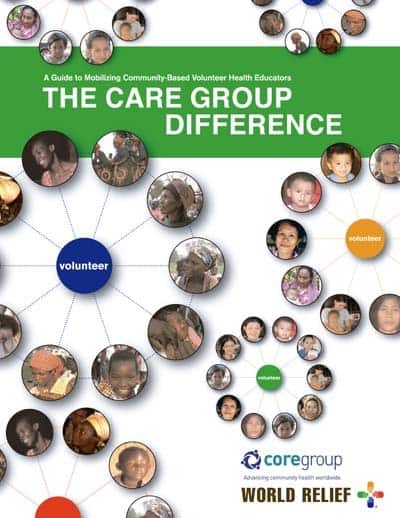ORGANIZATION
CORE Group
World Relief
YEAR PUBLISHED
2010
DESCRIPTION
The Care Group Difference guide, developed by World Relief, explores the evidence base for the Care Group model, offers criteria to assist project managers in determining the feasibility of using this approach within their own programs, and provides a step-by-step guide for starting and sustaining care groups. A care group is a group of 10 to 15 volunteer, community-based health educators who regularly meet together with project staff for training, supervision and support. Care group volunteers provide peer support, develop a strong commitment to health activities, and find creative solutions to challenges by working together as a group. World Relief pioneered the Care Group model as part of its Vurhonga child survival projects in Mozambique (1995-2003).
Other organizations, including Food for the Hungry International and Curamericas have since applied the care group model in a Title II Food Security project in Mozambique and a CSP in Guatemala, respectively (see Appendix B for project information).
World Relief is also exploring ways to use the care model in other health and development contexts. For example, World Relief is using care groups to train peer educators in HIV/AIDS prevention and care. While the interventions differ, the core elements of the care group model — multiplication of volunteer effort, peer support and community mobilization — remain the same.

